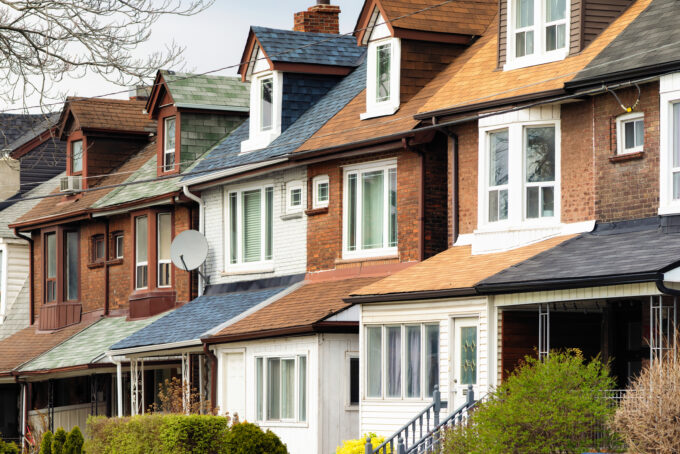Obtaining insurance is a vital part of responsible homeownership. Not only does it protect you against unforeseen events like natural disasters, theft, and liability claims, but it also provides peace of mind knowing that you’re fully covered.
But even so, not all home insurance policies are created equal. And because of this, it’s essential to pick a policy that meets your unique needs so that you have enough coverage in case of emergency.
When selecting a home insurance policy, here are six factors to consider.
1. Coverage Types and Limits
Part of obtaining the best policy involves understanding the different types of coverage, plus their limits. Here are four common coverages and what they mean:
- Dwelling coverage: for the structure of your home
- Personal property coverage: for your belongings
- Liability coverage: for injuries or property damage to others
- Additional living expenses coverage: for temporary housing if your home is uninhabitable
When reviewing a potential policy, be sure to pay close attention to the coverage limits to make sure they offer enough protection for your home and belongings.
2. Perils Covered
Before you sign on the dotted line, look into which perils are covered by the home insurance policy. For the most part, your average policy typically covers common perils like fire, theft, vandalism, windstorms, and hail. However, this isn’t necessarily the case for more specific perils like floods, earthquakes, and hurricanes. Instead, these tend to need additional endorsements or separate insurance policies to be covered.
To make sure you and your home are protected, consider how often the more specific perils happen in your neighborhood. If they occur often, you may need to buy additional coverage.

3. Deductibles
Like healthcare insurance, a deductible is what you have to pay out of pocket before your coverage kicks in. Typically, a higher deductible comes with a lower insurance premium. However, while this is tempting, a safer bet is to pick a deductible that you can afford in the event of a claim.
Before you pick a policy for your home, go over the deductible amounts to make sure you aren’t signing up for a policy you can’t afford in a worst-case scenario.
4. Replacement Cost vs. Actual Cash Value
Understanding ‘replacement cost’ vs. ‘actual cash value’ coverages is important because it can make a big difference when it comes to claims.
In a nutshell, replacement cost coverage pays to replace damaged or stolen items with new ones of similar quality, without deducting for depreciation. This type of coverage typically comes with higher premiums, however, the advantage is that you receive adequate compensation to replace your belongings at today’s prices.
ACV coverage, on the other hand, reimburses you for the depreciated value of your belongings at the time of the loss. So while ACV coverage premiums tend to be cheaper, you typically receive less compensation if you have older or previously used items.

5. Exclusions and Limitations
When reviewing a potential policy, it’s important to read the fine print, a.k.a exclusions and limitations.
Certain items or perils like high-value jewelry, collectibles, or business equipment are liable to be excluded from coverage. On top of this, there are many policies that enforce limits on coverage for specific items, such as electronics or firearms.
Be sure to ask your insurance agent to go over the exclusions and limitations with you so that you can make an informed decision on how to proceed. If you need more coverage, it’s okay to buy additional endorsements or schedule valuable items separately to make sure you’re fully covered.
6. Discounts and Savings Opportunities
A lot of times, insurance carriers will offer special discounts and savings opportunities in order to make their policies more attractive to buyers.
To save money, here are the most common qualifiers:
- Buying multiple policies (for bundling home and auto insurance)
- Having a good credit score
- Making certain updates to the home i.e. installing a security system
- Being a first-time homeowner
- Maintaining a claims-free history
To lower your premiums, don’t be afraid to ask your insurance agent for more information about these discounts.
popular posts
Spaces
Whether it’s luxury or ease, every area of your home should be as fabulous and unique as you.
FOLLOW ALONG ON INSTAGRAM
#homeandtexture
Find us on social for more home inspiration where culture, personal style, and sophisticated shopping intersect to help you create a home where you love to live.







